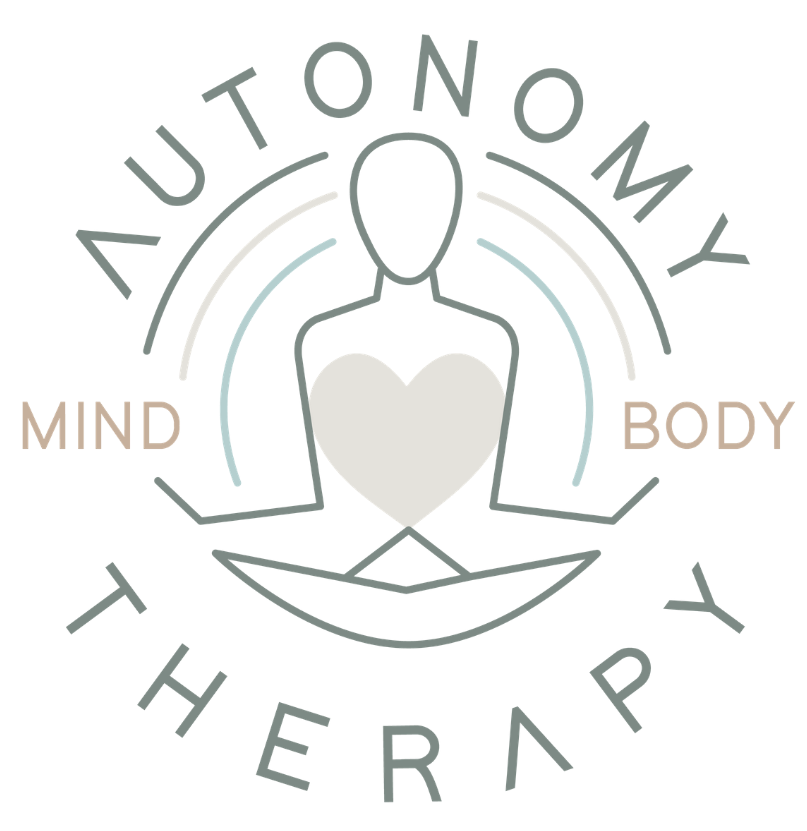Body Image Issues, Teen Mental Health + Self-Esteem
Written by Tiffany Lepa, NCC, LPC-Associate
Being a teen is hard. Period. Developmentally, teens are working to differentiate themselves from their families, finding where they fit in amongst peers, developing critical thinking skills and their own moral standards and values, and experiencing physical changes that often seem like they happen overnight. A recent New York Times article suggests that teens in the US are going through a mental health crisis different than any before. This is partially due to the COVID-19 pandemic, access to social media starting at a younger age, and the socio-political climate of the world.
Body image refers to your perception of your body and how you view yourself. It not only includes your thoughts and feelings about how you look but also your behaviors based on how you see yourself. Body image concerns are nothing new living in a society brimming with diet culture messages. However, body dissatisfaction has increased with the majority of adolescents experiencing some kind of body image concern (weight, acne, facial features, physique, etc.). In a recent report, almost two-thirds of parents reported their child feeling self-conscious about their appearance. Body dissatisfaction among teens can lead to mental health concerns including eating disorders, self-harm, low self-esteem, depression, and anxiety.
What contributes to body image?
Social Media. The current generation of adolescents has grown up with social media at their fingertips. Feeds are flooded with content like “What I Eat In A Day”, filters and the right angles to look flawless, weight loss advertisements, and highlight reels that only show a curated view of one’s life. It is difficult not to get caught up in comparison and feelings of low self-worth. On the bright side, with more and more emphasis on challenging diet culture, promoting body acceptance, and education around eating disorders also showing up on social media, we are beginning to see more awareness among teens and young adults which could lead to a substantial shift. (Yay!)
Family. The term “almond mom” recently became viral on TikTok, fueling conversations around the way food behaviors, body talk, and beliefs are passed down from one generation to the next. For example, when a parent has a handful of almonds and reports feeling “so full” or like they overate, yet their child eats more and doesn’t feel full yet, it sends the message that their child is “overindulging” and can’t trust their hunger cues. Whether implicitly or explicitly, diet culture messages are transmitted and hard to break free from without reflection and challenging.
Peers + Social Expectations. Humans naturally compare themselves to others. Therefore, if you notice yourself looking different from the majority of others (for example, you’re the tallest person in a group), you might begin to think there’s something wrong with you that you need to change. This comparison can result in disordered eating behaviors such as restriction, compulsive exercise, or rigid food rules. Starting in childhood, bullying is often rooted in snide marks about physical appearance and differences leading to low self-esteem and self-worth. Naturally, we want to fit in and contort ourselves to what we believe will make others accept us.
Extracurricular activities. A big part of teen identity comes from what they do, including sports and other extracurricular activities. Eating disorders are common amongst adolescent athletes, often fueled by comments made by a coach, the belief that a certain physique is required for optimal performance, and comparison to other teammates. This pattern is similar for those in the performing arts as well.
Physical Growth + Development. Bodies change rapidly in the adolescent years with the onset of puberty. Though the reality is that development happens at different rates, it can be hard not to compare your development to that of others. Additionally, as teens begin dating and engaging in sexual behavior, there’s a bigger emphasis on attractiveness and desirability relating to self-esteem and self-worth.
Identity Development. For teens, outward appearance is a form of self-expression. It can feel like a way to control how others perceive you. Unfortunately, in our image-driven society, we are often judged by our appearance. As teens begin to explore their identity, they make associations between how identities are signaled outwardly. This is particularly true amongst the LGBTQIA+ community. There is a strong relationship between gender dysphoria and eating disorders, with eating often being a way to control how one presents in a way that feels affirming to their true gender identity. Additionally, teens may avoid dressing or behaving a certain way in order to stay closeted for safety.
Preventative Measures + Interventions
So what can we (parents, providers, community) do to change the impact that body image has on teen self-esteem?
Work towards body neutrality. Avoid comments about bodies, even if they’re “positive”. Take attention and value away from physical form!
Find ways to focus on other aspects like hobbies, relationships, internal characteristics, and interests. These are the things that make you wonderfully unique and help develop confidence in your identity.
Foster the practice of self-compassion. While self-esteem involves seeing ourselves positively, self-compassion means relating to all parts of ourselves and recognizing that we deserve compassion, even when our “best” looks different day to day.
Challenge your own views and how you reinforce diet culture. Take time to reflect on what messages you have learned about food, bodies, and attractiveness. Do research on anti-diet culture, body neutrality, and Health at Every Size. Clean up your social media and follow more realistic, body diverse accounts.
If you’re a teen or the parent of a teen who is ready to explore self-esteem and body image in therapy, contact us or set up a free 15-minute consultation to learn more about working with one of our teen therapists. We look forward to connecting!
